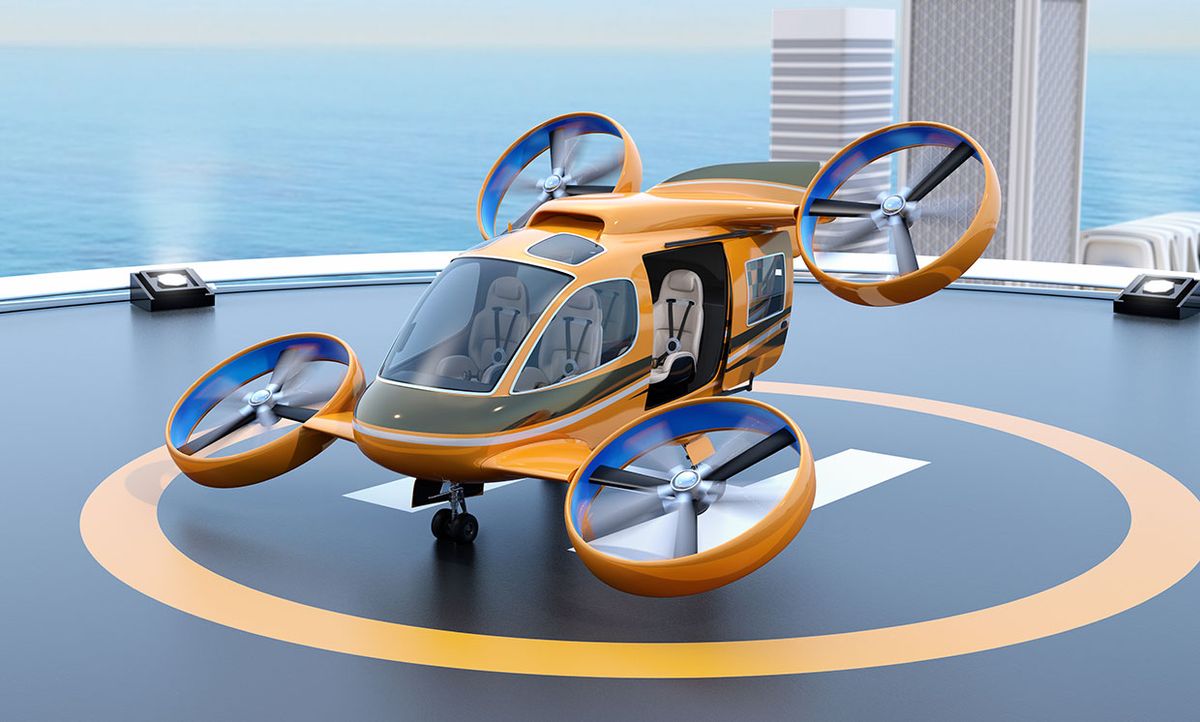Bosch today said it plans to sell a universal control unit for flying cars that combines dozens of sensors that have been proven in cars on the ground.
“The first flying taxis are set to take off in major cities starting in 2023, at the latest,” Harald Kröger, president of the Bosch Automotive Electronics division, said in a statement. “Bosch plans to play a leading role in shaping this future market.”
Among the many sensors in the universal, plug-and-play unit are MEMS-based acceleration sensors. These include yaw-rate sensors to measure the angle of attack—that is, the plane’s angle with respect to the oncoming air. This was the quality that was mismeasured by the sensors and misinterpreted by the control unit of the Boeing 737 Max, contributing to the two crashes of that airliner.
Bosch says its vast experience in mass-producing sensors for cars will enable it to offer those sensors at a much lower price than is usual for the aviation industry. Bosch says that the typical flying taxi will probably cost around US $550,000, once the vehicles go into mass production.
Right now, though, Bosch is mostly just selling pickaxes to miners. Air taxis are still in the laboratory; the first realistic test flights will begin only next year. Uber will test an air taxi in Dallas in 2020; other places that will allow such tests include Dubai, Los Angeles, and Singapore. The first commercial flights are being talked up for 2023. Bosch cites Roland Berger, a worldwide consultancy based in Germany, as projecting 3,000 air taxis will be in operation by 2025, 12,000 by 2030, and nearly 100,000 by 2050.
The early flights will have human pilots. Later, the pilot will operate the air taxi remotely. Finally, the planes will fly themselves. That’s perhaps not quite so blue-sky an idea as it seems: autonomous vehicles may find it easier to fly than to drive. For one thing, there are fewer obstacles up there; for another, there is a flight-control network already in place.
Even so, it all sounds a bit hopeful, given that the flying-car market doesn’t exist yet, even in embryo form. But even the hope, verging on hype, shows just how far this long-ridiculed technology has come. This year, it finally made it onto the first stage—the “innovation trigger”—of the Gartner Hype Cycle, the famous s-shaped curve depicting the rise, fall, and rise again of new technologies.
Philip E. Ross is a senior editor at IEEE Spectrum. His interests include transportation, energy storage, AI, and the economic aspects of technology. He has a master's degree in international affairs from Columbia University and another, in journalism, from the University of Michigan.



